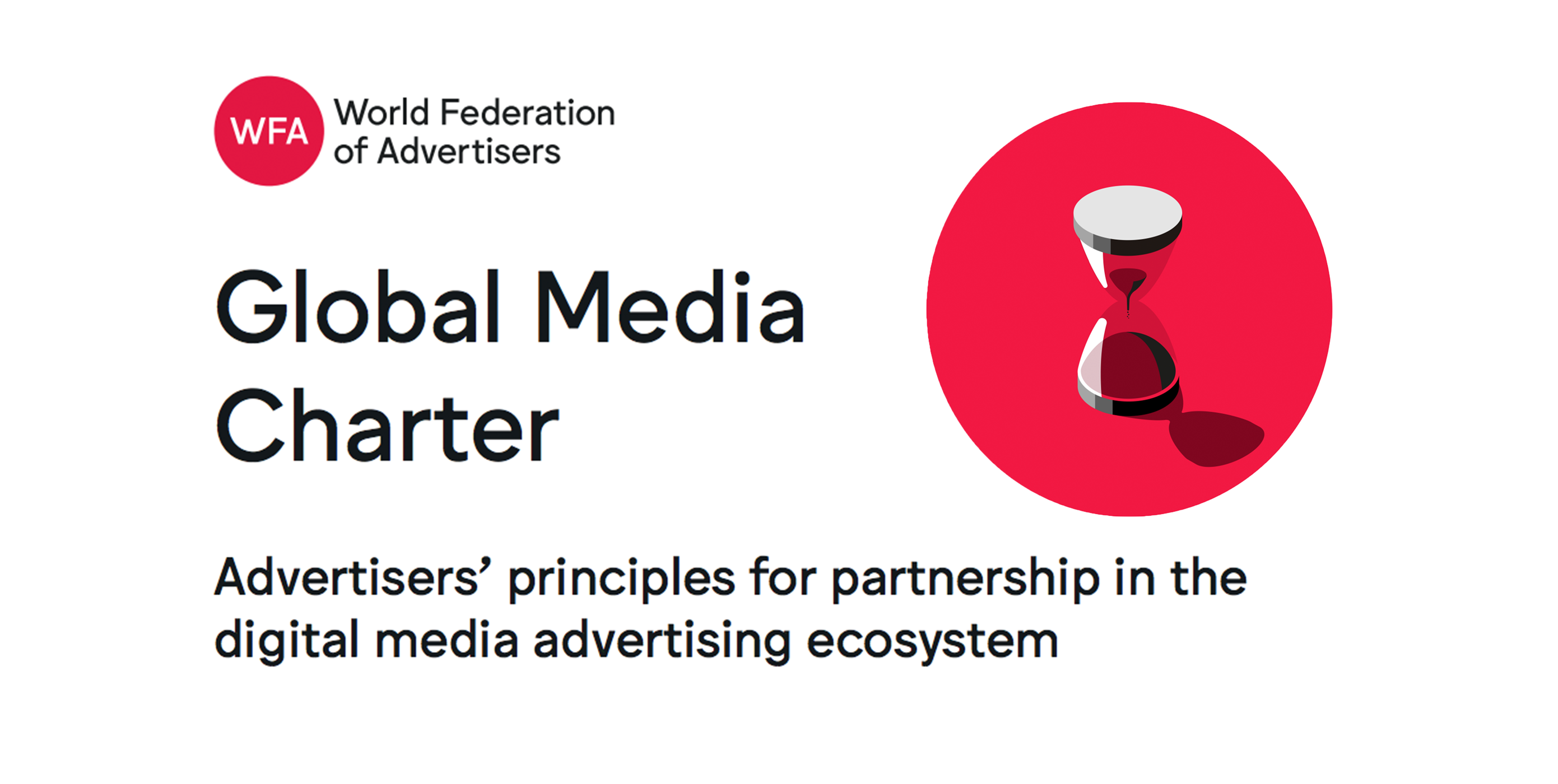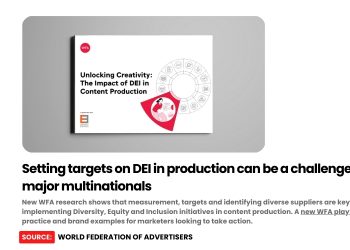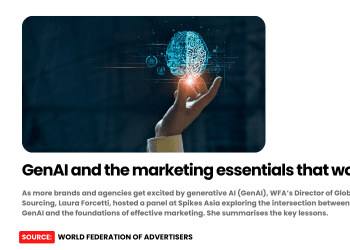The World Federation of Advertisers has published a Global Media Charter, designed to create the conditions for a marketing ecosystem that works better for brands and consumers.
Developed by more than ten of the world’s top advertisers as well as advertiser associations in the top ten global ad markets, the Global Media Charter sets out eight clear ‘Principles for Partnership’ designed to create a better, more balanced, digital marketing ecosystem.
It seeks to build on the concerns highlighted by Procter & Gamble and Unilever in the areas of transparency, brand safety, ad fraud and viewability by creating a framework that agencies, ad-tech companies, and media platforms should comply with if they want to secure advertising revenues in the future.
Consumer trust in online ads is at an all-time low, especially for online advertising, while ad blocking is growing 30% a year globally. WFA believes that the principles outlined in the charter, especially those focused on the responsible use of data, are essential if consumer trust in digital advertising is to be rebuilt.
The eight Principles for Partnership require action from both advertisers and those across the media value chain. They are:
1. Zero tolerance to ad fraud with compensation for any breach:
A streamlined process to refund all media investments, including fees/commissions, found to be associated with invalid traffic/non-human impressions. Advertisers seek to use accredited third-party verification solutions to assess exposure to ad fraud.
2. Strict brand safety protection:
Advertisers require platforms and publishers to accept responsibility for the content carried on their sites and to employ comprehensive and rigorous safeguards on which accounts and channels can host paid advertising. Advertisers commit not to target media investment at content platforms that misuse and infringe IP laws or sites responsible for fake news content or disinformation.
3. Minimum viewability thresholds:
Brands should be able to trade against the viewability level that is appropriate for their business including 100% in-view for full duration if desired. Advertisers understand that higher viewability standards could impact on inventory supply and campaign reach.
4. Transparency throughout the supply-chain:
complete transparency through the supply chain (digital or otherwise) covering pricing and trading, fees and costs, placement and data usage. Advertisers respect the right of partners to be profitable and commit to relevant and fair levels of remuneration for services rendered.
5. Third-party verification and measurement as a minimum requirement:
Self-reported data is unacceptable, and advertisers need third-party verification that inventory is viewable, fraud-free, brand safe and on-target. Advertisers commit to prioritising third-party ad serving and verification companies who are audited and certified by the relevant industry-approved bodies.
6. Removal of ‘walled garden’ issues:
data and technology should be unbundled, allowing advertisers to use the third-party buying platform of their choice in any and all environments. Publishers and platforms should work to create a solution that provides impression level data with spend tracking companies to enable brands to track media spend in their category and competitive set.
7. Improving standards with data transparency:
Data supply chain partners must uphold the same high standards outlined in the WFA’s Data Transparency Manifesto. Advertisers commit to working with partners to ensure data is ethically and transparently sourced as well as securely stored with appropriate assurance mechanisms, including audits. Data collection should be the minimum required to deliver a quality advertising experience.
8. Take steps to improve the consumer experience:
Consumers are becoming increasingly frustrated with ads that disrupt their experience, interrupt content, slow browsing or eat up their data allowances. Advertisers and platforms should design commercial communication opportunities so that they are less intrusive and offer a better user experience.
The document is available here for download.









